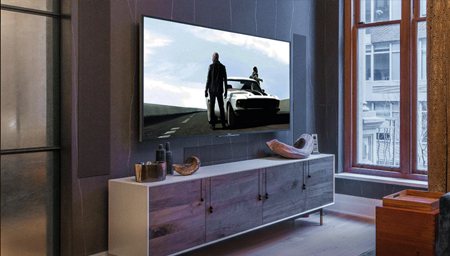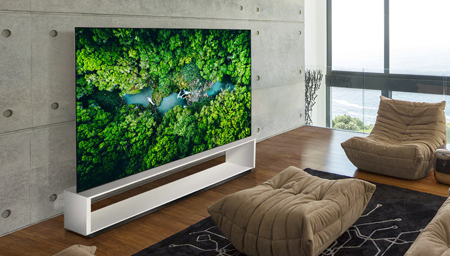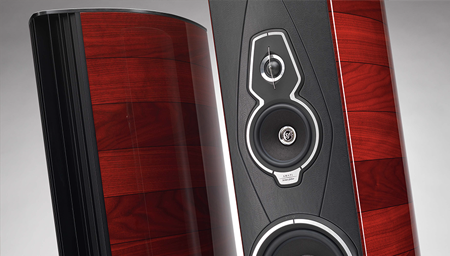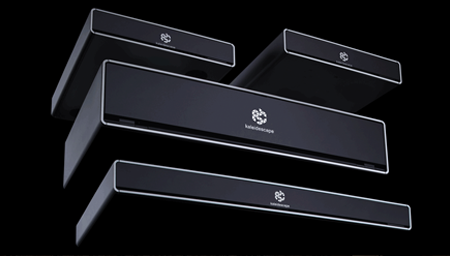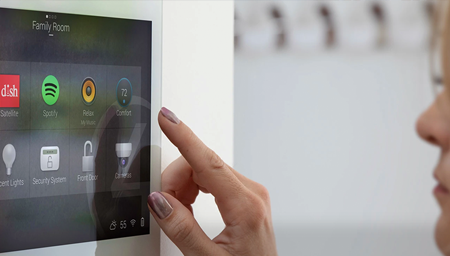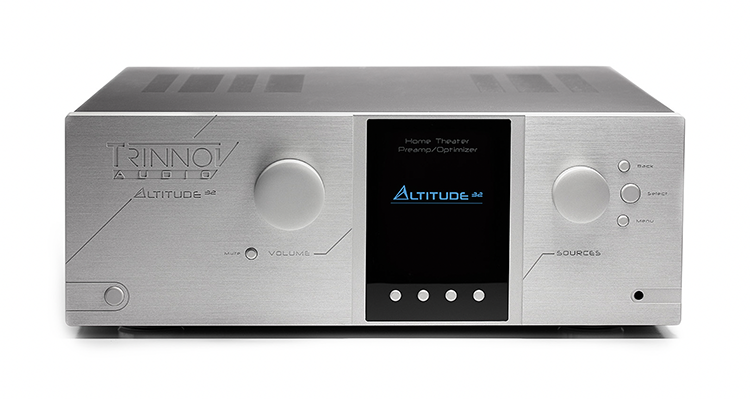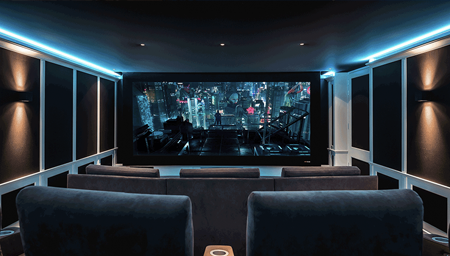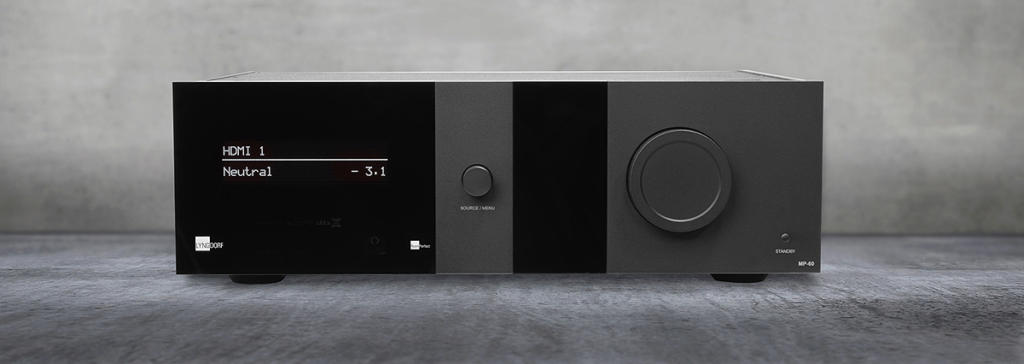
Cineluxe Basics | Preamps & Amps
Yes, preamps can be boring, but they juggle all your movies, series, games, and music—and they can make your room sound better, too
by the Cineluxe staff
updated December 9, 2021
Once you’ve decided on the source components for your home-entertainment system, you’ll want to consider—which often means having your integrator present options for—a preamplifier. While it’s obvious what things like a TV, streaming box, and speakers do, a preamp can be something of a mystery to the uninitiated, but it’s just as important to a premium system as any of those other components.
The preamp functions as a sort of air-traffic control for the various sources in your system, routing the video to your display and decoding the digital audio streams and sending them to your amplifiers and speakers. You may be thinking that sounds an awful lot like a receiver, and a preamp does serve a similar function, except a receiver combines the preamp and amplifier in one box (along with an AM/FM tuner).
Having a separate preamp and amp gives you a lot more flexibility with ideally matching your amplification to your speakers and your room. This will usually provide you with better performance than just a receiver, especially in a larger room—mainly because preamps tend to have better engineering and build quality than receivers and can perform better when they don’t need to share power supplies and transformers.
But preamps (which are often also called “processors” ) have recently taken on an important new role: Digital room correction, a catch-all term that covers a number of technologies designed to reverse the negative effects your room’s acoustics have on the sound after it leaves your speakers. These effects are primarily caused by the shape of, and surfaces in, your room, which can have an impact on all frequencies of sound but especially on the clarity and evenness of bass reproduction.
While you’ll want a preamp with the best possible room correction no matter what kind of space your system is in, this is especially useful if you have a multi-use entertainment space in a great room or someplace other than a dedicated home theater. Spaces like these usually have more surfaces—and more of a variety of surfaces—at more angles than a room specifically built for an entertainment system. Because of that, it takes a lot more processing power to digitally correct problems that arise from hard or uneven surfaces like mirrors, windows, cabinets, hardwood floors, etc., or even from standard decorations like vases, coffee tables, or columns along the wall. Since these surfaces are smaller than, say, the entire back wall of your room, they affect smaller wavelengths of sound—in other words, the higher frequencies. (Acoustic treatments are another important way to help improve the sound in a difficult room.)
A great example of a premium room-correction system is Trinnov’s Speaker/Room Optimizer, found on the company’s Altitude line of preamps. If you have a home cinema space, Room Optimizer is likely all you need to whip your bass into shape and make your subwoofers sounds like a million bucks.
But Trinnov isn’t alone in offering sophisticated, world-class room correction solutions. There’s also Lyngdorf’s RoomPerfect (explained in the video at right), which you can find on its MP-60 preamp; Anthem Room Correction, found on preamps like the AVM 70; and the ASPEQT, found on Acurus’s line of preamps like the ACT 4. Your installer may also recommend preamps like the JBL Synthesis SDP-75 or Storm Audio ISP Elite MK2, which rely on Dirac Live room correction and can be part of a full, professional audio calibration.
It’s important to underline that last point. Room correction is really only effective when it’s implemented by a trained calibrator who understands both room acoustics and the nuances of these highly intricate correction systems. Having room correction performed by someone who isn’t an expert on all this can actually make your room sound worse.
Since your audio and video signals will be routed through the preamp, choose one that has enough inputs to handle all of your source components and can also handle all the latest surround sound formats—DTS:X, IMAX Enhanced, Dolby Atmos, Auro 3D—or that can be upgraded. And with new video formats emerging that can handle resolution up to 8K, upgradability is an especially important feature to discuss.
Finally, one of the biggest differentiators between receivers and surround preamps is the number of audio channels they can support. While most premium receivers max out at 11 (typically for a basic Dolby Atmos speaker layout), it takes a flagship processor like those from Trinnov, JBL Synthesis, Lyngdorf, or Storm Audio to handle the full 34 channels supported by Dolby Atmos. And while 34 speakers might seem like overkill, as you get into larger rooms with more rows of seating, it’s the best way to ensure even and smooth coverage of sound effects as they travel around and above the room.
As for amplifiers, your best bet is to listen to your integrator’s advice. You’ll need one channel of amplification for each speaker in your system (except maybe the subs, which often have their own amps), so if you’re installing a 7.2.6-channel system (that’s seven ear-level speakers, two subwoofers, and six overhead speakers), you’ll need at least 13 channels of amplification. That may come in the form of two seven-channel amps, seven stereo amps, or even 13 standalone single-channel amps. A full premium Dolby Atmos speaker suite of 24.1.10 requires an entire rack of supporting amplification! But, again, chances are good your installer is intimately familiar with the speakers going into your system and knows what amps will work best.
the Lyngdorf MP-60 preamplifier
click on the image to enlarge
Trinnov’s Altitude 32 processor
related feature
© 2025 Cineluxe LLC


